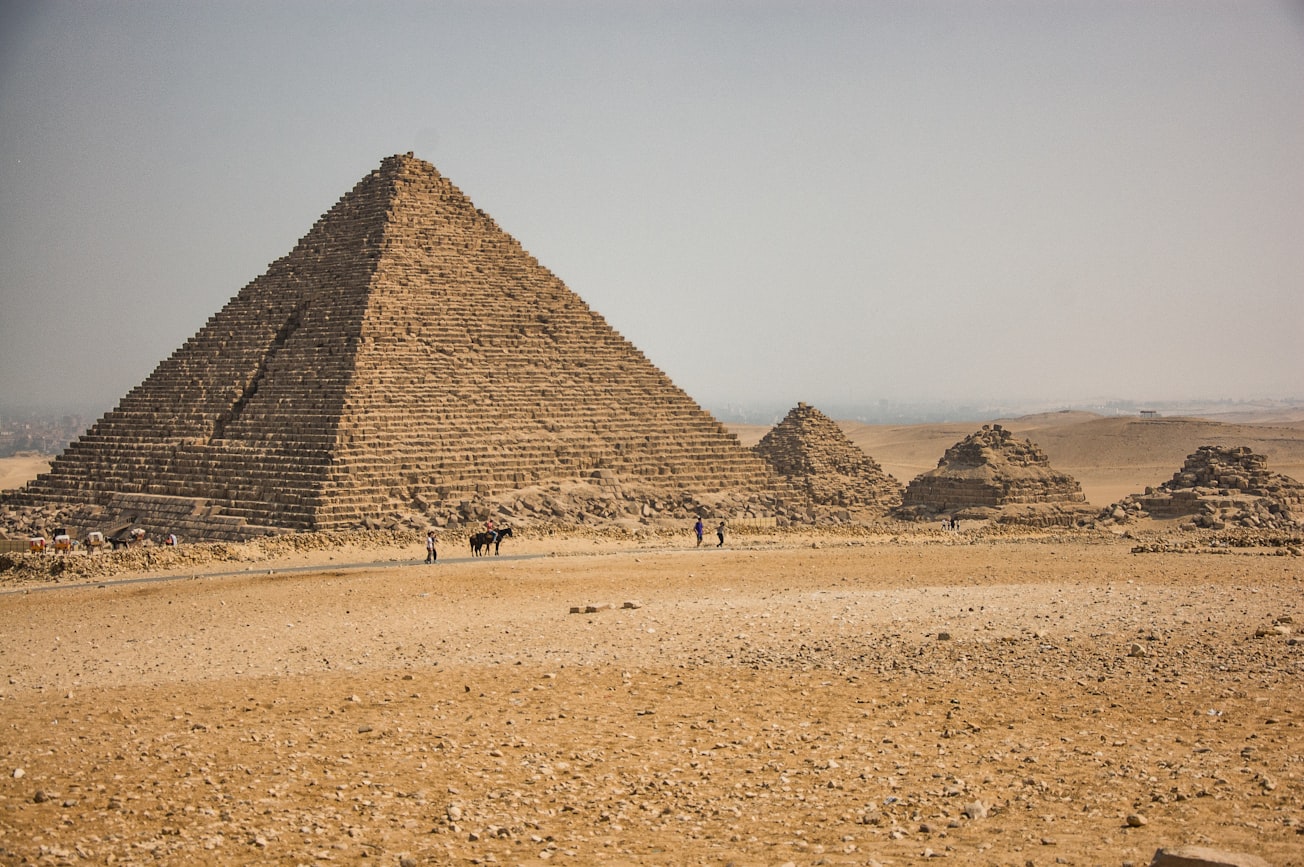What is it about?
In ancient Egypt, both everyday life and political ambitions took place within a very narrow ribbon of land along the Nile River. The realities and opportunities of this constraint had a psychological and social effect on Egypt's inhabitants that was distinctly different from the experiences of people living in Mesopotamia, China, the Indian subcontinent, and the New World where states and empires could expand in any geographic direction.
Featured Image

Photo by Joshua Michaels on Unsplash
Why is it important?
Today we think of borders and boundaries as part of our national identity. In ancient times, borders and boundaries were much more fluid, yet the sense of a cultural "home" was still important. Egypt's intense political and social integration started around 5,000 years ago in which the natural environment provided a particularly distinct boundary for interactions. Geography alone is not predictive of "destiny," of course, but it does provide a shared experience for everyone living in a place. Local inhabitants and political authorities alike made use of knowledge about the land and its resources to create multiple overlapping strategies for daily life.
Perspectives
The past often seems mysterious or far-away, but there are many continuities in concepts of economics, warfare, agriculture, trade and religion, even if the weapons, tools, trade goods and deities look very different from our own. One of the biggest challenges of any kind of political unit is building a shared ideology and belief system that unites followers; although some shared beliefs are symbolized through human-made items like anthems, clothing, and flags, the natural environment also plays a role in making a nation feel like a place of belonging for its residents.
Professor Monica L. Smith
University of California Los Angeles
Read the Original
This page is a summary of: Linear Statecraft along the Nile: Landscapes and the Political Phenomenology of Ancient Egypt, Journal of Egyptian History, February 2021, Brill,
DOI: 10.1163/18741665-12340058.
You can read the full text:
Contributors
The following have contributed to this page










